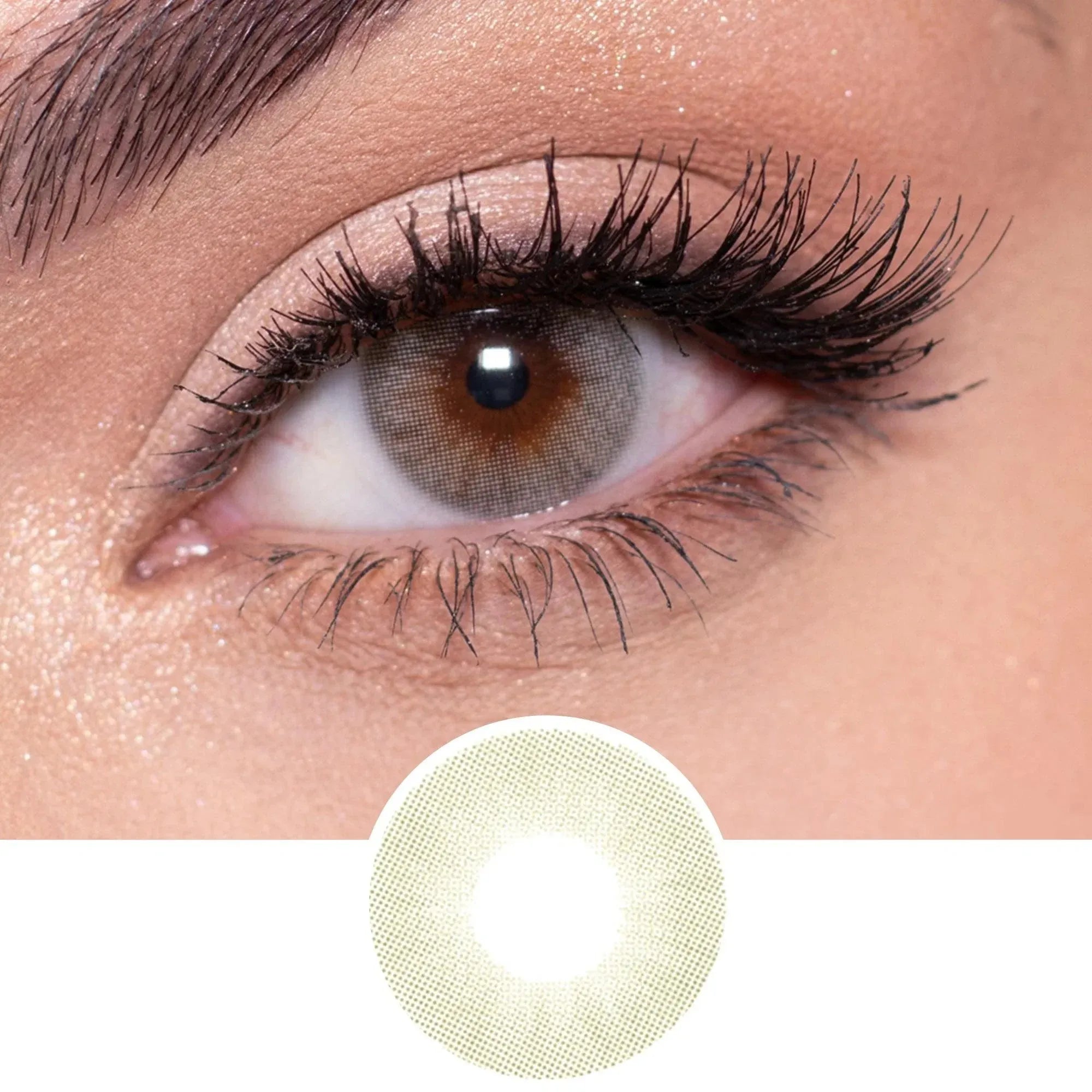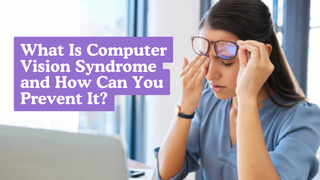Introduction
Astigmatism is a common refractive error that affects the way light enters the eye, leading to blurred or distorted vision. Understanding how astigmatism impacts your vision, particularly in perceiving lights, is crucial for managing and treating this condition. This article delves into the causes, symptoms, and treatment options for astigmatism, with a focus on its effect on light perception.
What is Astigmatism?
Astigmatism is a refractive error caused by an imperfection in the eye – usually in the cornea (the clear front ‘window’ of the eye), but sometimes in the lens. The imperfection changes the way your eye focuses the light rays that pass into it. This can happen when:
-
The cornea is an oval ‘rugby ball shape’, rather than a round ‘soccer ball shape’
-
The lens is an oval ‘rugby ball shape’, rather than a round ‘soccer ball shape’
When either of these imperfections occur, it causes the light that enters your eye to focus in two places, instead of one. This makes objects at all distances look blurry.
Causes of Astigmatism
Astigmatism can be caused by genetic factors, meaning it can be inherited from parents. Developmental factors during childhood can also play a role in its onset. In some cases, astigmatism may develop after eye injuries or surgeries, altering the shape of the cornea or lens.
How Astigmatism Affects Vision
Astigmatism and Light Perception
Blurred Vision
One of the most common symptoms of astigmatism is blurred vision. This is especially noticeable when looking at lights, such as street signs or traffic lights, which can appear fuzzy or out of focus. This blurriness is due to the light rays being scattered rather than focused on a single point on the retina.
Halos and Starbursts
People with astigmatism often experience halos and starbursts around lights. Halos are rings of light that appear around bright sources, while starbursts are lines radiating from lights, resembling a star. These phenomena occur because the irregular cornea or lens scatters the light entering the eye, creating multiple focal points.
Glare Sensitivity
Astigmatism can increase sensitivity to glare, especially in low-light conditions. This heightened sensitivity can make activities like night driving challenging, as the glare from headlights and streetlights becomes more pronounced and distracting.
Diagnosing Astigmatism
Diagnosing astigmatism involves a comprehensive eye exam conducted by an optometrist or ophthalmologist. The exam includes a series of tests to measure how light focuses on the retina and determine the degree of astigmatism. Common tests include visual acuity tests, keratometry, and corneal topography.
Treatment Options for Astigmatism
Corrective Lenses
The most common treatment for astigmatism is corrective lenses, such as glasses or contact lenses. Glasses with cylindrical lenses help correct the uneven focus by compensating for the irregular shape of the cornea. Toric contact lenses are specifically designed for astigmatism, providing clear vision by creating a uniform focal point on the retina.
Refractive Surgery
For those seeking a more permanent solution, refractive surgery options like LASIK or PRK can reshape the cornea, correcting the irregular curvature. These procedures use lasers to remove small amounts of corneal tissue, improving how light is focused on the retina. It is important to consult with an eye care professional to determine if you are a suitable candidate for surgery.
Managing Astigmatism in Daily Life
Living with astigmatism can be managed effectively with the right strategies. Here are some tips to help you cope with light perception issues:
-
Use anti-glare coatings: Anti-glare coatings on glasses can reduce glare and improve comfort, especially during activities like driving at night or using digital screens.
-
Regular eye exams: Regular check-ups with your eye care professional ensure that your prescription is up-to-date and your vision correction needs are met.
-
Proper lighting: Ensure adequate lighting when reading or performing tasks to reduce eye strain and improve visual clarity.
Understanding how astigmatism affects your perception of lights is crucial for managing this condition effectively. Whether you choose corrective lenses, refractive surgery, or other treatment options, regular eye exams and proper eye care can help maintain clear vision and improve your quality of life. If you experience symptoms of astigmatism, consult with an eye care professional to determine the best course of action for your vision needs.











